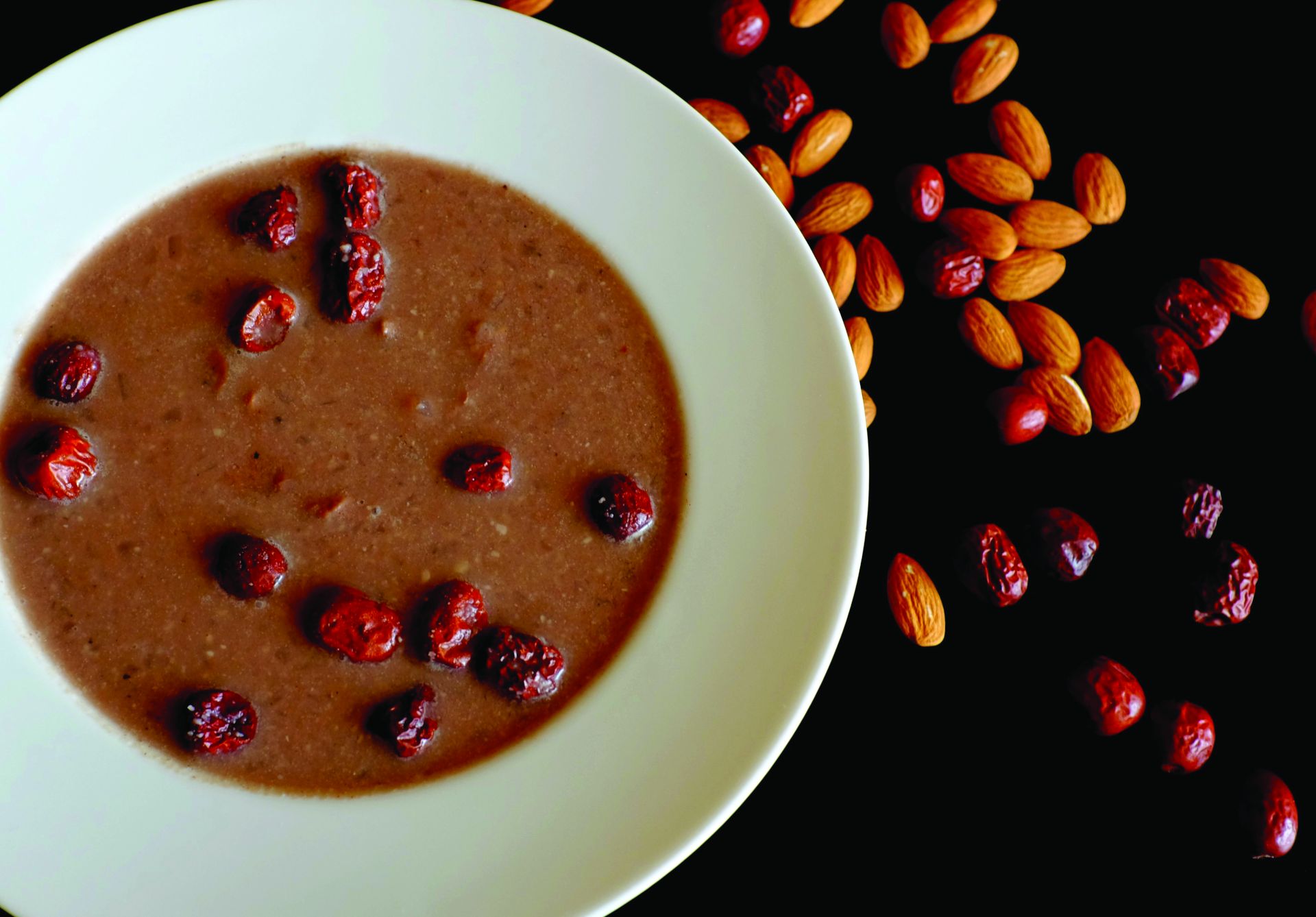Listen to this story
As a teenager, I used to read about the Mongols’ destruction of libraries. Millions of books were burned or thrown in the river during the invasion of Baghdad. This epic devastation often made me wonder about all the knowledge that was lost. In later years — thanks to my extracurricular interest in food and cooking — I especially wondered about what the people of that era ate. What was the cuisine like in the medieval metropolises such as Baghdad, Aleppo and Cairo? What dishes did the sultans of Egypt or the Abbasid caliphs in Iraq serve at their banquets?
At first, I thought the closest I would ever get to this “paradise lost” might be limited to my own imagination. But as I leafed through some of the available classic works of Arabic literature and medicine, I started to find snippets of tantalizing information. To my delight, I soon discovered that there were entire medieval Arabic cookbooks that had survived intact. They were not one, not two, but no fewer than nine.
The first such cookbook that I came across was compiled in the 14th century by an unknown Egyptian author. (I have read the books in Arabic, and all translations in this essay are mine.) This surprise happened 10 years ago, and it has since sent me on a journey of culinary discovery and delight. The book boasts many ingredients and recipes with names that sound otherworldly. Occasionally, I had stumbled upon familiar dish names referenced in classical books I had read, such as the famous “Book of Misers” by the ninth-century Iraqi litterateur al-Jahiz, who eloquently captured the zeitgeist of Abbasid Iraq with books poking fun at misers or criticizing anti-Black racism.
It took me a good chunk of time and research before I could begin to understand what was going on in these recipes. Part of the problem was the unfamiliar names of ingredients and cookware. Another was the unusual methods of preparing some of the dishes. Dunk a whole chicken in sugary syrup to braise it? Sure, I enjoy Chinese sweet-and-sour chicken, chicken and vegetables stir-fried in Thai sweet chili sauce and Moroccan savory dishes made with sweet ingredients, but this took the marriage of chicken and sugar to a whole new level. Create a free account to continue reading Already a New Lines member? Log in here Create an account to access exclusive content.



